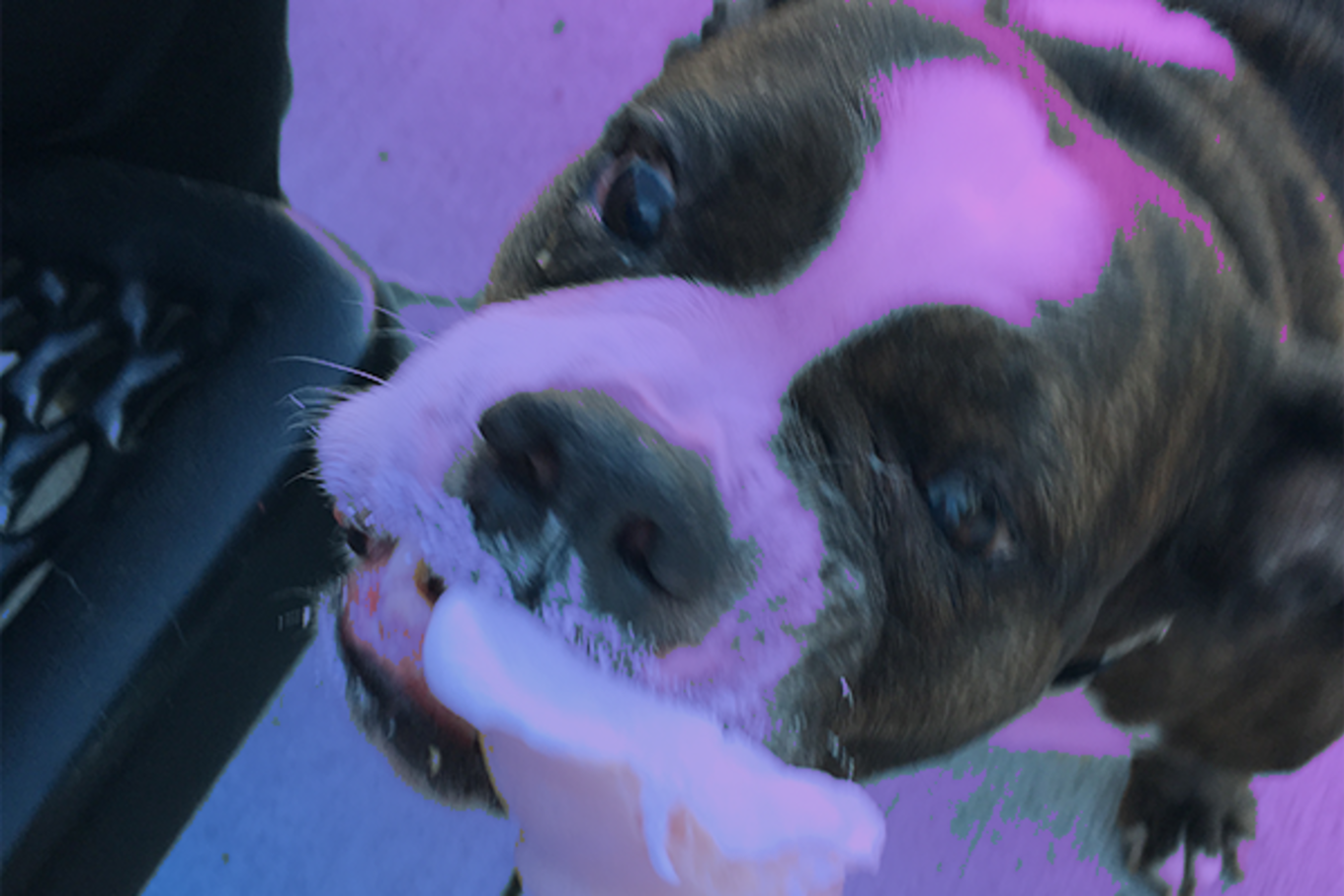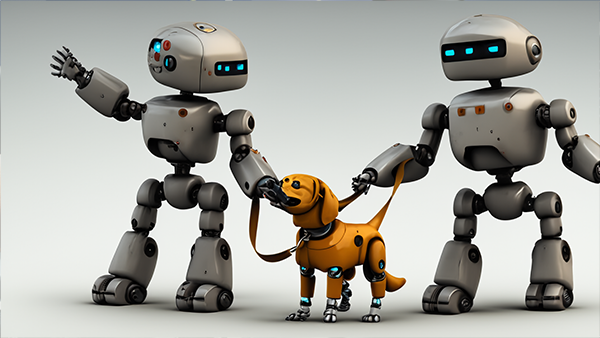Shifts, Shocks, and Physical Therapy?

I spend a lot of time saying that we don’t really know our own institutions if we don’t have a good understanding of our competitors and collaborators. Are we inclusive? Inclusive compared to whom? Are we welcoming? Welcoming compared to whom?
You’ve heard me say this before: “We tend to measure our own success based on the energy we spend on a given concept rather than how we stack up against others.”
My argument is that I could spend 40 hours a week playing chess, but unless I use specific strategies for improving my game, and unless I enter some tournaments, I really don’t know if my time is being well spent.

Understanding our collaborators and competitors is crucial to our strategy.
Okay. Now that I’ve got that out of the way… Just as important as understanding our competitors and collaborators is understanding our environment.
I am going to use an economics framework - probably badly - for a moment here (apologies to my Adam Smith Fellowship family).
You see, there are forces in our environment that impact our supply and demand curves. Some of these forces do so suddenly, and others do so gradually.
Sudden and unexpected events that disrupt the normal functioning of your operations are called shocks.
Shocks can be positive (favorable) or negative (adverse) and can impact various aspects of your institution. Examples include:
- COVID-19
- The recent Affirmative Action ruling
- ChatGPT
- The FAFSA simplification
A shift is a systematic, gradual change that affects your institutional goals. Current shifts include:
- Evolving trends in student interests (e.g., the popularity of STEM programs over liberal arts)
- A growing preference for online learning options
- Demographic and population changes
- Political sorting (both by party in terms of commitments and regionally)
Shifts and shocks require different and nuanced responses because they have different velocities and different impacts on your operations.

Let’s switch gears a second and talk about physical fitness. Have you ever gotten one of those injuries you’ve needed physical therapy for?
A few years ago, I had this bulldog mix, Phoebe (she was the love of my life). She was a little rascal who would wriggle her way under the fence to play with the neighbor’s dog. One icy Saturday morning, she desperately wanted to play with Cocoa, and I went to go get her. I was still in my pajamas. The only shoes by the door were a pair of high heels. I went out to the fence line and grabbed Phoebe by the collar. Just as I twisted back towards the house, her collar in hand, Phoebe lunged low for the fence again. And, the tendons holding my spine and pelvis together stretched in a way they were never intended to.
In physical therapy, you’re building stability. But, when I say the word stability, you probably think of synonyms close to “immobility” and “durability.” Stability tends to conjure up notions of endurance, steadfastness, sturdiness, and reliability. In physical therapy, though, stability means something very different.

Stability is the foundation of your strength. Your aerobic and anaerobic performance. It’s the way we transmit force from the body to something else, and the way we absorb force from something else back into the body. It’s how we do so safely and efficiently across our muscular system, rather than seeing a dissipation of that force in areas of the body not fit to exert or absorb that force.
When I went to physical therapy, I had to rebuild the stability of muscles around my pelvis so that my sacroiliac tendon didn’t need to be intimately involved in yanking excitable bulldogs from the fence line.
Back to shifts and shocks.
In order to weather shocks and adapt to shifts, you need stability. But something other than that durable, immobile, reliable kind. You need to think about stability more like a physical therapist.
You see, in the durable, immobile kind of stability, you’re looking for certain features:
- Low staff turnover.
- Reliable resources.
- Consistent, repeatable production.
- Calm and industrious work demeanors.
- Predictable work patterns.
I am not suggesting these are bad things or that you need to get more spicy and erratic in your leadership style. It’s just that these are about the internal, psychological dynamics of your team. It’s one-dimensional.
In the physical therapy model, stability means absorbing force from and exerting force on the outside world without dissipation of energy across joints and muscle groups where that force is not intended.
You can look at both shifts and shocks as different types of forces to absorb. In a physical therapy model of stability, your team is able to quickly adapt and respond to changes in the environment (both shocks and shifts) efficiently and effectively.
So, how do you build the physical therapy style stability on your team?
First, your team needs lookout skills.
You need team members who can conduct basic market research and policy analysis and can synthesize trends across multiple sectors. You need to be able to identify shifts and shocks as they are happening and maybe even forecast them. Otherwise, you react to any change in the environment as a shock. Think back a second to that more rigid model of stability focused exclusively on team psychology. That kind of stability tends to feel vulnerable to any significant change in the environment (because it’s not really stability; it’s tranquility - again - not necessarily bad. Just not what we’re looking for).
Second, your team needs analysis skills.
So, you can read the environment. Do you know how to respond? Your team will need to know how to test their hypotheses. They will need to know how to identify relevant variables, how to track them over time, and how to produce reports that are easy to interpret and act upon. I have found that the people who like to try a lot of new things tend not to be the same people who know how to measure and monitor the success of their efforts, while the people who like measurables tend to miss how to tie them to strategic change efforts. It takes a lot of work to tie these two skill sets together.
Third, your team needs some slack in the system.
Shocks and shifts can be stressful in different ways. They can create uncertainty, sometimes even dread! Your team members need a baseline of resiliency in order to respond with curiosity and creativity.
They will not be able to adapt if they are burnt out. They will not be able to adapt if mistakes are punishing and challenging to recover from. Provide them with professional development opportunities in collaboration. Coach them in their intellectual flexibility.

Overall, if your team is just grinding through the day-to-day, it can be difficult to scan the environment and take stock of potential shifts or brace for incoming shocks. But, if you’re attentive to your environment in ways your competitors aren’t, you can turn that into an advantage, providing and promoting the academic, services, and resources that your students care the most about.